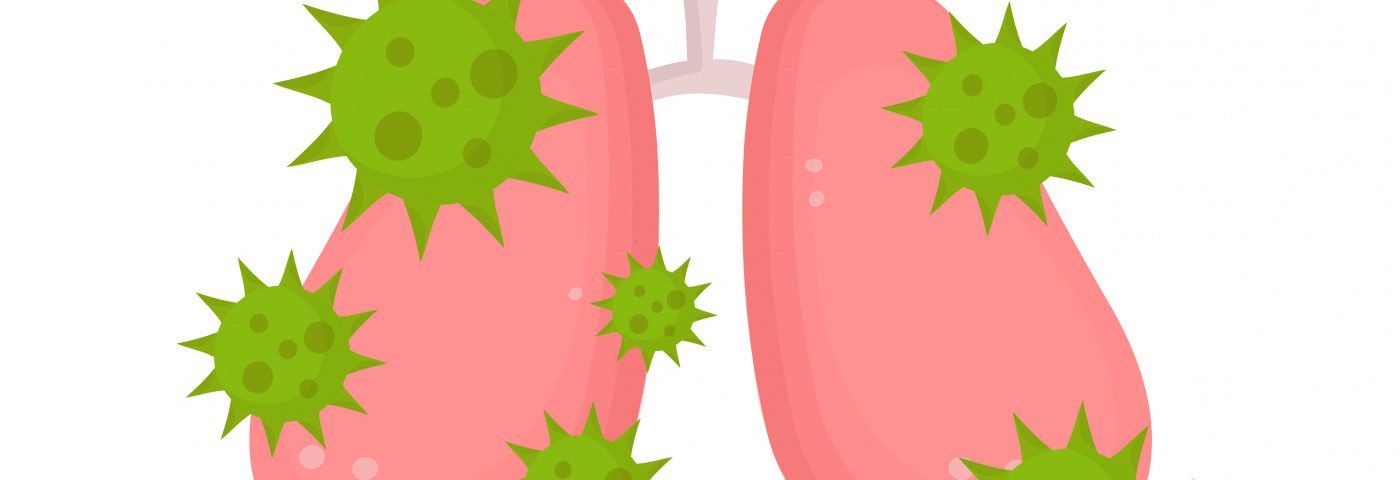Bronchiectasis might be more frequent in people with severe COVID-19 disease, increasing by over threefold the risk for severe symptoms, according to an analysis of patients in Wuhan, China, where the SARS-CoV-2 virus originated.
The study, “Bronchiectasis is one of the indicators of severe coronavirus disease 2019 pneumonia,” was published in the Chinese Medical Journal.
Certain patients infected with the novel SARS-CoV-2 virus — which causes COVID-19 — show only mild symptoms at the initial stages of the infection, but rapidly progress to lack of oxygen and impaired breathing.
Identifying the factors underlying this rapid progression is key for timely interventions and to halt disease progression, scientists said.
In this study, researchers in China analyzed data from patients with both pneumonia and a confirmed COVID-19 infection who were admitted to a hospital in Wuhan between January and March 2020.
In total, 90 patients — 47 men and 43 women, with a mean age of 55.1 — were included in the analysis. More than 80% of them (76 patients, 87.4%) tested positive for COVID-19 in an initial test. Just under three-quarters of these individuals (64 people) had mild or common disease, while 23 patients (25.6%) had severe disease. Three patients (3.3%) were in a critical state.
Fever was the most common symptom, affecting 90.2% of the patients, followed by cough (68.9%). In nearly a third of the patients (31.1%) the disease progressed rapidly to shortness of breath, known as dyspnea. The mean time from disease onset to dyspnea was 1.4 days.
The most common co-existing conditions were hypertension (22.2%) and diabetes (11.1%). Two patients were diagnosed with chronic obstructive pulmonary disease, an inflammatory disorder, but none had a history of bronchiectasis.
Chest CT scans were performed on all patients immediately after hospitalization. The scans were evaluated by two radiologists. Whenever a diagnosis consensus was not reached, the scans were reviewed by a third radiologist.
Among the types of lesions found were consolidation reticular patterns (diffused opacities/shadowing), nodular opacities (diffuse, small rounded opacities), and bronchiectasis.
All patients had ground-glass opacities or GGOs, which are cloudy patches associated with respiratory conditions. In 70 patients (77.8%), the researchers found changes in the lung’s interstitium, a support tissue within the lung. Pulmonary consolidations — when a lung’s airspace fills with fluid, cells, pus, or other substances — were found in 39 patients (43.3%), and patchy shadowing was evident in 18 patients (20%).
A total of 14 patients (15.6%) developed bronchiectasis. The researchers reported finding “dense thick ‘mucus plugs’ obstructing the lower respiratory tract.”
Further analysis revealed that bronchiectasis and pulmonary consolidations were linked with more severe disease. After adjusting factors such as co-existing conditions, the researchers estimated that bronchiectasis increased the risk for severe COVID-19 disease by 3.78 times.
Meanwhile, pulmonary consolidation represented a nearly 25 times higher risk for severe disease.
Overall, the findings showed that bronchiectasis was more common in patients with severe COVID-19 disease than in those with mild or common disease.
“The presence of bronchiectasis could be a useful marker for severe pulmonary damage caused by COVID-19,” the scientists wrote.
Chest CT scans may help detect pneumonia in COVID-19 cases, and provide more accurate information on lung lesions and disease severity, the investigators said.
“This is of great significance with respect to the clinical diagnosis and severity staging of COVID-19 pneumonia,” the team concluded, noting that “chest CT can further help guide the provision of personalized and precise treatment.”

